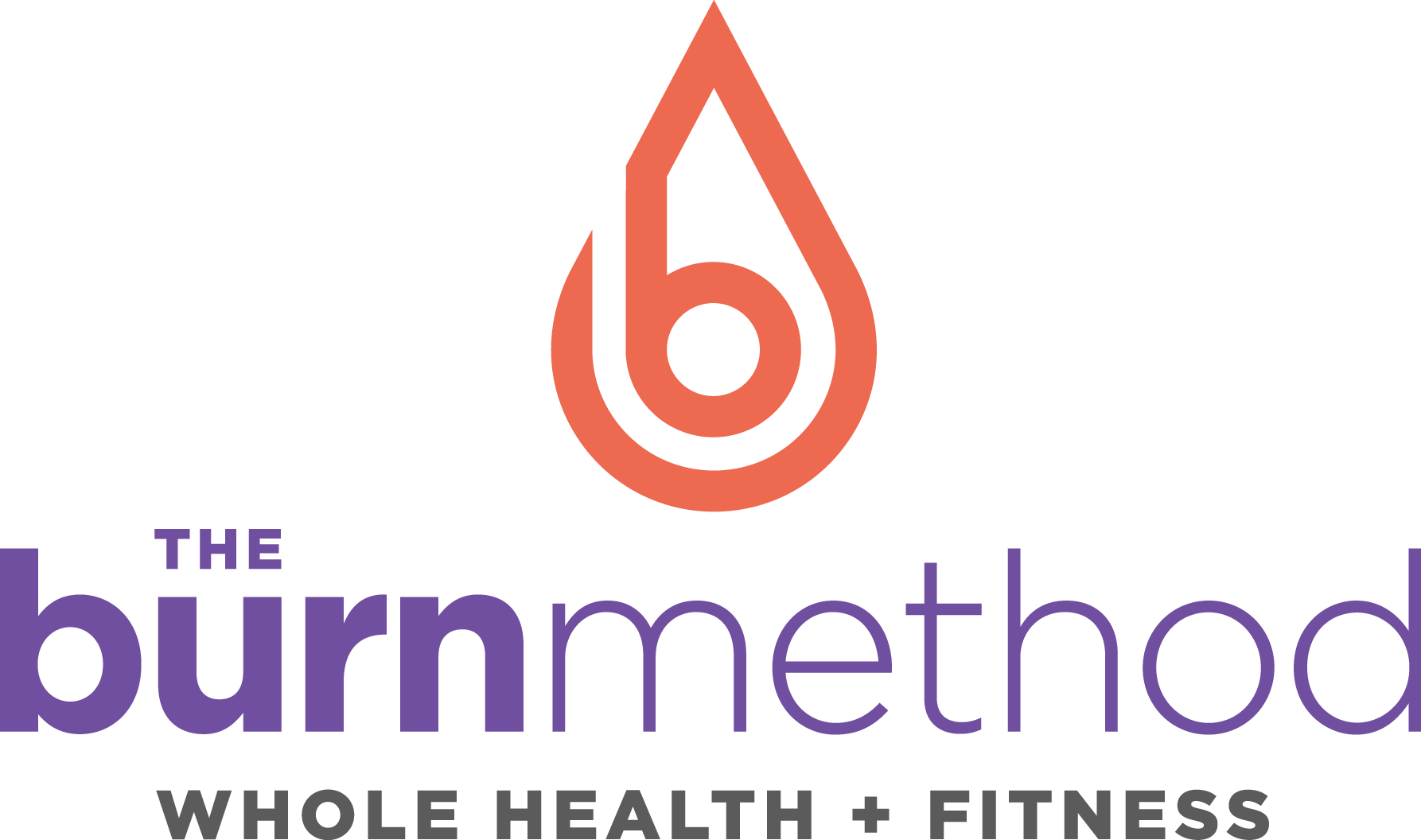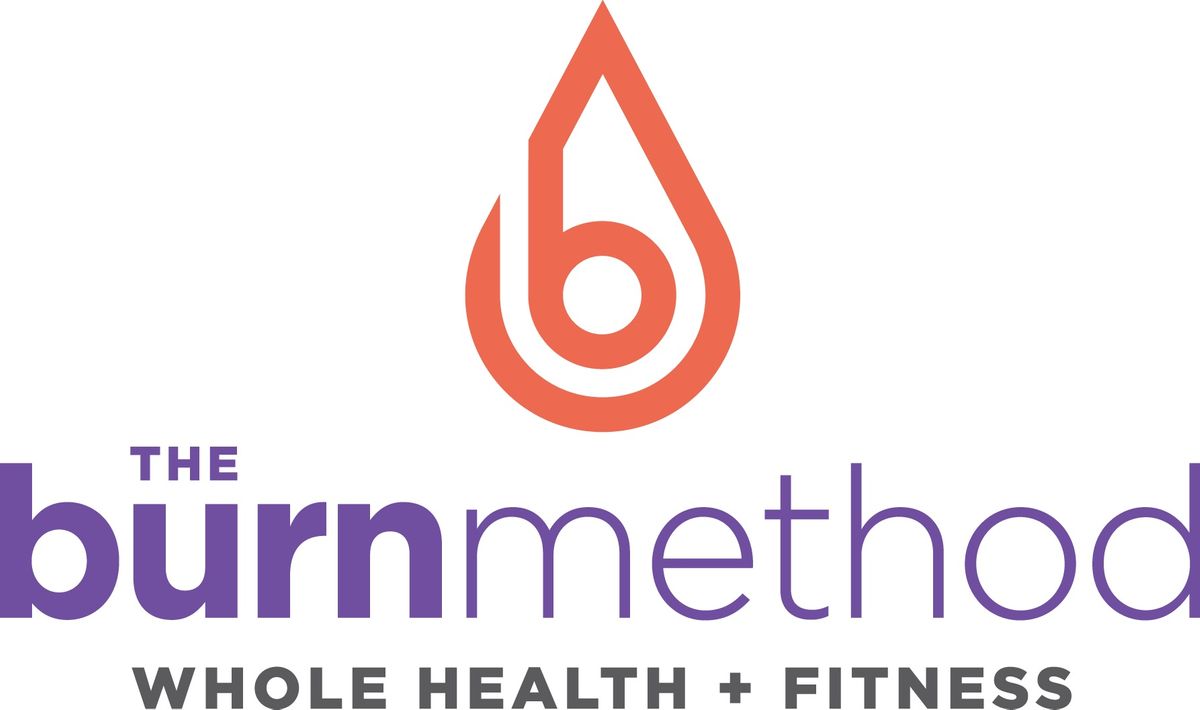The hard truth-Seventy percent of all American adults are either overweight or obese.
The first thing I'd like to address is that exercise isn't a means to weight-loss and a six pack. What it does is sets the metabolic environment to lose weight, but more importantly, it's the cornerstone to aging with grace.
Physical activity is decreasing in our modern society, particularly in children. Exercise has many beneficial physiologic effects, which result in demonstrable reductions in cardiovascular (CV) and other diseases. Daily exercise favorably alters gene expression (and improves other parameters, including: CV, musculoskeletal, pulmonary, and general fitness, glucose and lipid metabolism,blood pressure, autonomic balance, mood, sleep quality, and immunity.
By 2020, the fitness industry will be pulling in a whopping $200 Billion dollars a year!
Fitness has become such a big business and we've been led to believe that it's the be all, end all to coveting a six pack. Nope- they are actually made in the kitchen.
Fitness doesn't have to be insane, it just has to be purposeful. It's our LIFESTYLE that ties it all together-real food, hydration, filling in micro-nutrient gaps, sleep, relation, socializing, life/work balance, adventure, life satisfaction, fostering healthy relationships and so on. It's not about 300 jump squats and sprint work.
What does an Organic Fitness template look like?
This will serve as a template from which to design a fitness strategy for adults living in today’s modern industrialized culture.
- Daily walking. A large amount background daily, light-to-moderate activity such as walking was required. Although the distances covered would have varied widely according to hunting and foraging routines, cultures, weather, seasons, ages, etc., most estimates indicate that the average daily distances covered were in the range of 3.7 miles to 9 miles.
- Train barefoot and be barefoot as much as possible. Individuals walked or ran on natural surfaces, such as grass and dirt, and often on uneven ground; our ancient ancestors almost never walked or ran on solid flat rock. The combination of softer natural walking/running surfaces and less bio-mechanically restrictive shoes is a more evolutionary congruent strategy to reduce impact loading of the joints.
- 1-2 HIIT sessions per week. Life in the wild often called for intermittent bursts of moderate-to-high level intensity exercise with intervening periods of rest and recovery. High-intensity interval training sessions should be performed once or twice per week.
- Cross Training. Cross-training is important and should include exercises focusing on strength (resistance), endurance (aerobic), and flexibility (stretching). Rotation among multiple different forms of exercise develops resilience and multifaceted fitness and reduces the likelihood of overuse injury, boredom, and emotional burnout.
- Resistance Training. Regular sessions of weight training and other strength building exercises are essential for optimizing health and fitness. These need to be performed at least 2 or 3 times per week, for at least 20 to 30 minutes per session. In general, hunter-gatherers were lean, and probably almost never obese, which reduced trauma to their joints.
- Exercise outdoors as much as possible. Virtually all of the exercise was done outdoors in the natural world. Outdoor activities help maintain ultraviolet-stimulated vitamin D synthesis, improve mood, and facilitate adherence to a regular exercise program.
- Workout in a small group format. Much of the physical activity was done in context of a social setting (small bands of individuals who were hunting or foraging were working together on various chores). There is substantial evidence that some of the psychological benefits of formal exercise training programs are derived from the social bonding and other unique aspects of the group exercise sessions. The benefits of group exercise can be conferred by structured programs and/or informal exercise sessions involving 2 individuals.
- Get a dog and walk it! Genetic evidence suggests that humans and dogs have been co-evolving together for as long as 135 000 years. The mutual advantages conferred by this co-evolutionary process have been theorized to be related to cooperative hunting between domesticated wolves and our ancient hominin ancestors. Thus, both the dog and the human genomes may be specifically adapted to outdoor exercise involving cooperation between these 2 species. Indeed, studies indicate that dog ownership can facilitate adherence to an exercise program, improve fitness, and reduce excess weight among individuals.
- Turn up the music and dance. Dancing was often performed as a part of rituals and celebrations, and is an ideal form of exercise that improves fitness and reduces stress.
- Take a roll in the hay. Sexual activity has always been an important aspect of human physical and social interaction. A frequency of sexual activity of 1 or 2 times per week correlates with multiple health benefits.
- Make sure you take rest days, Ample time for rest, relaxation, and sleep was generally available to ensure complete recovery after strenuous exertion.
adapted from the paleodiet.com

